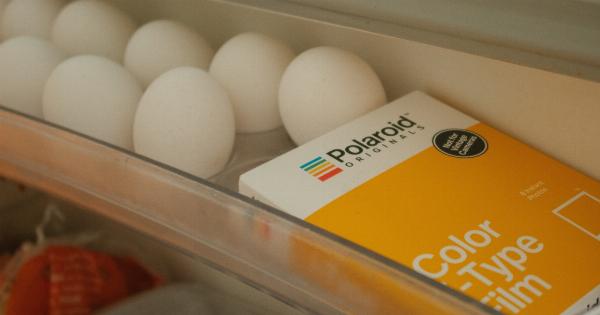Without proper organization, your fridge can easily become a cluttered mess – leading to food waste and spoilage. By following these simple guidelines, you can maximize your fridge’s potential for keeping your food fresh and delicious.
Ditch the clutter
First thing’s first, take everything out of your fridge. Yes, everything. This will allow you to see what you have and what you need to get rid of.
Throw away any expired or spoiled food, as well as any items you know you won’t be using anytime soon. Having a clutter-free fridge will make it easier to keep things organized and locate what you need.
Categorize and label your items
Organize your items by category (dairy, meats, fruits/vegetables, condiments, etc.) and label them with dates, so you know how long they’ve been in there. Use clear containers to store smaller items, so they’re not lost in the back.
Keep it clean
Another essential part of maximizing your fridge’s potential is keeping it clean. Regularly wipe down your shelves and drawers with a mild cleaner to prevent any bacteria or mold from growing.
This will also help to prevent any odors from developing.
Use the right temperature
Many people don’t realize that their fridge temperature can greatly affect the lifespan of their food. Make sure your fridge temperature is set to between 34-40°F to ensure that your food stays fresh for longer.
Don’t overcrowd your shelves
It’s important not to overcrowd your fridge shelves. This will prevent proper air circulation, which can cause your food to spoil faster. Keep your shelves to a comfortable level of fullness and use your doors and drawers to store smaller items.
Store raw meat separately
Raw meat should always be stored separately from other items in your fridge. This will prevent cross-contamination and the spread of harmful bacteria. Use a designated bin on the bottom shelf to keep raw meat in, and make sure it’s tightly covered.
Rotate your food
When you bring home new groceries, be sure to rotate your existing food. Move older items to the front and place new items in the back. This will ensure that you’re using everything in a timely manner and not letting anything go to waste.
Use the crisper drawer properly
The crisper drawer in your fridge is designed to keep your fruits and vegetables fresh for longer. To maximize its potential, organize your fruits and vegetables by category, using separate drawers for each.
Keep the humidity levels adjusted correctly – low humidity for fruits and high humidity for vegetables.
Keep the door closed
Last but not least, make sure to keep your fridge door closed as much as possible. Every time you open the door, cold air escapes and heat enters – causing your fridge to work harder to maintain the proper temperature.
This can cause your food to spoil faster and increase your energy bill.






























